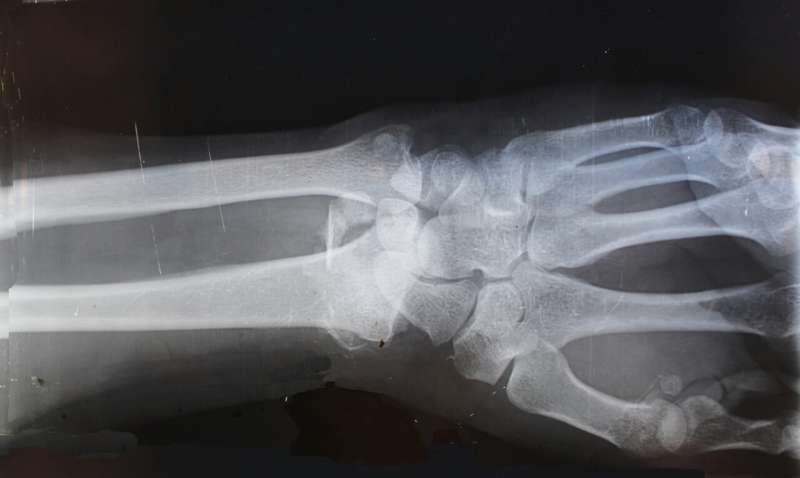Research Reveals Increased Fracture Risk After Discontinuing Hormone Replacement Therapy in Women

Discontinuing hormone replacement therapy in women leads to a rapid loss of bone fracture protection, with increased risk peaking around three years post-therapy. Ongoing bone health monitoring is essential for women after stopping MHT.
A recent extensive study has uncovered that the protective effect of menopausal hormone therapy (MHT), commonly known as hormone replacement therapy (HRT), against bone fractures diminishes rapidly within a year after women cease treatment. The research, published in Lancet Healthy Longevity, analyzed health data from six million women across the UK, offering insights into fracture risk patterns over a 25-year period.
During menopause, women experience a sharp decline in estrogen levels, leading to a range of physical and mental symptoms that often warrant the use of MHT. While estrogen plays a crucial role in maintaining bone density, previous studies have demonstrated that MHT reduces fracture risk during active use. However, it was unclear how long this protective benefit persists once the therapy is stopped.
The study found that most women lose their MHT-related fracture protection within approximately one year of discontinuation. Interestingly, the risk of fracture tends to rise above baseline levels, peaking around three years after stopping treatment. Afterward, the risk gradually declines, returning to levels comparable to women who have never used MHT after roughly ten years. This pattern was consistent across different types of hormonal treatments and varied based on the duration of prior MHT use.
The findings suggest that women who have previously used MHT continue to experience a period of higher fracture risk for several years post-therapy, which has important implications for clinicians managing bone health in menopausal women. Recognizing the timing of increased risk could prompt healthcare providers to monitor bone density and implement preventive measures during this vulnerable period.
Dr. Yana Vinogradova from the University of Nottingham emphasized that understanding these risk patterns can help guide decisions around the initiation and discontinuation of MHT, especially for women with existing risk factors such as smoking or inactivity. The study advocates for ongoing assessment of bone health and individualized treatment planning to mitigate fracture risks.
This research enhances our understanding of the long-term effects of hormone therapy and underscores the importance of continued bone health management in women transitioning out of MHT use.
Source: MedicalXpress
Stay Updated with Mia's Feed
Get the latest health & wellness insights delivered straight to your inbox.
Related Articles
Trump Administration Introduces New Private Health Data Tracking System with Tech Industry Collaboration
The Trump administration is launching a new private health tracking system in collaboration with major tech companies, aiming to improve access to medical records while raising significant privacy concerns.
Summer Cold or COVID-19? Understanding Summer Viruses and the Stratus Variant
Discover how summer viruses like colds, flu, and the COVID-19 Stratus variant circulate during warmer months and learn effective ways to stay protected this season.
One Blood Test to Assess How Different Organs in Our Bodies Are Aging
A new blood test can now evaluate the aging process across 11 different bodily systems, providing personalized insights into how different organs age, aiding targeted healthcare interventions.



